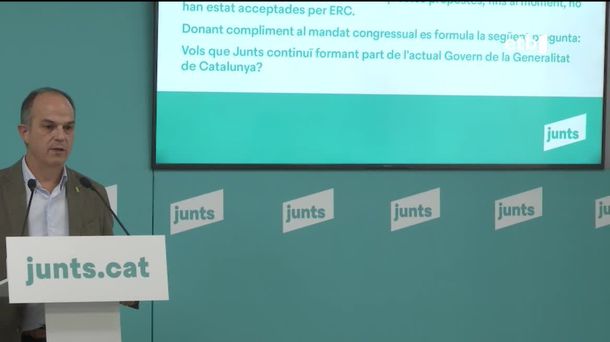Parties traditionally spend less money in European elections than in domestic elections. However, the upcoming EU elections are seen as an important test of sentiment for the National Council elections. That is why the parties are currently intensively courting voters: with posters, online and sometimes also with small gifts.
Leaflets, ballpoint pens and cloth bags are especially often distributed during street election campaigns. The ÖVP also relies on glucose, matches and even turquoise Lopatka towels as giveaways. The SPÖ hands out coloring books for children, crayons and roasted kernels. They still do not want to reveal what the two strongest parties so far, competing for second place in the polls, have budgeted for their election campaign. The only thing that is emphasized at head office is that they want to adhere to the legal upper limit. This time it concerns 8.66 million euros, to be spent between March 26 and election day on June 9. At the last EU elections in 2019, the ÖVP paid 6.9 million euros and the SPÖ 4.3 million euros for the election campaign.
FPÖ advertises with fineliners “from Austria”
The FPÖ also does not provide figures, but assumes that campaign expenditure will remain less than half of what is legally permitted – that would be at least 4.33 million euros and therefore almost exactly the same as what the FPÖ at the last EU elections in 2019. . According to campaign leader and federal director of the FPÖ, Joachim Stampfer, the budget will be used for 2,400 large posters, 15,000 small posters and leaflets and signature cards of the candidates. This time there are no FPÖ lighters, only fineliners are given away, and there are a million of them. It is emphasized that they are produced in Austria.
NEOS and the Greens are much more willing to provide information. According to their own information, the NEOS have decided on a framework of 2.5 million euros for the budget for the election campaign, which is significantly more than in the elections five years ago, when 1.5 million euros were available. Almost half a million euros are spent on outdoor advertising, and another 675,000 euros on media advertising, of which 50,000 on social media. 172,000 euros has been budgeted for flyers and so-called ‘goodies’. This time the pink marketing department was the most creative compared to the other parties: in addition to the usual pens and fabric bags, they also distributed sweaters and socks in EU blue with stars, T-shirts, snack boxes, Bluetooth boxes, picnic baskets. blankets and jump ropes.
Greens are consciously frugal
The Greens are consciously frugal and expect the federal party to have a budget of around 1.5 million euros, plus, according to the party, “just over half a million euros” for federal-state activities. About €550,000 is spent on posters – two waves of 4,000 large posters each and 13,000 smaller ones – €100,000 on online advertising and around €50,000 on social media. Advertising material includes postcards, organic gummy bears, ballpoint pens, door hangers – for a total amount of approximately 100,000 euros, and apples, flowers and herbs are also distributed in the states. White tennis socks will also be raffled off. The Greens proved in 2019 that even a relatively economical election campaign can be successful when the party, expelled from the National Council at the time, managed to make a comeback with a campaign budget of 1.7 million euros.
Not everyone can afford campaign gifts
Naturally, the two lists that are not represented in the National Council have the smallest budgets. They can’t afford campaign gifts. According to its own information, the KPÖ has a campaign budget of approximately 50,000 euros. Of this, 6,000 euros will be spent on around 7,000 posters and 5,000 euros on social media. Only one type of leaflet is distributed. List DNA also has modest resources. This funds posters, postcards, leaflets and stickers.
The parties that reach the EU Parliament will receive at least part of their campaign costs after the EU elections. This election is subject to a reimbursement of campaign costs of 2.5 euros per eligible voter, a total of approximately 15.9 million euros. This amount is divided among the parties based on their voting strength.
Source: Krone
I am Ida Scott, a journalist and content author with a passion for uncovering the truth. I have been writing professionally for Today Times Live since 2020 and specialize in political news. My career began when I was just 17; I had already developed a knack for research and an eye for detail which made me stand out from my peers.



